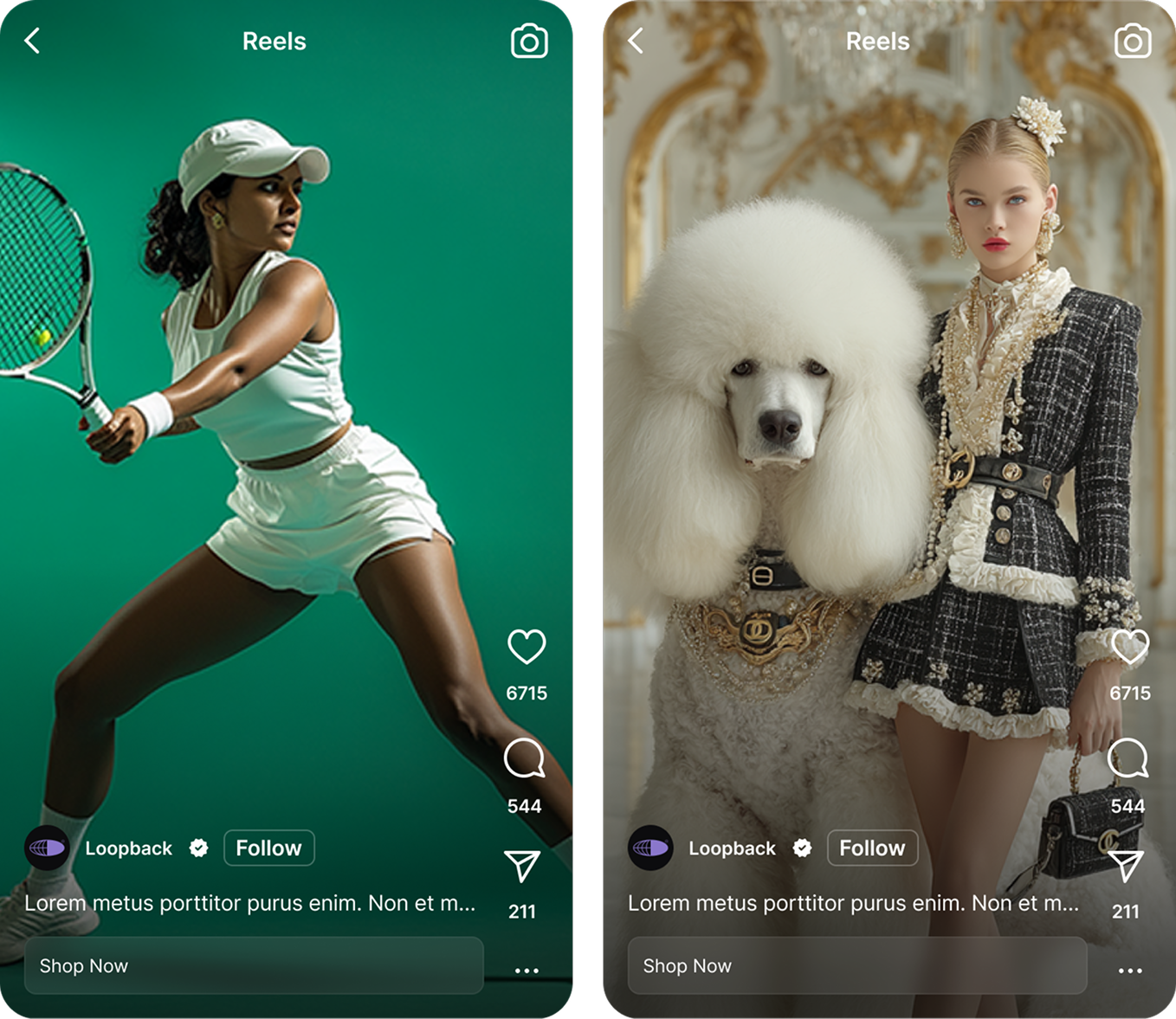From Discovery to ROI: Automating the Entire Influencer Workflow

1) Why end-to-end automation is the next growth lever
Influencer marketing has matured past one-off promotions; it now demands the same speed, precision, and revenue accountability we expect from paid media. When you run influencer programs as a system rather than a string of ad-hoc posts you unlock compounding benefits — shorter cycle times, less leakage, better compliance, and demonstrable revenue. Brands that treat creators as repeatable channels capture disproportionate upside, including an reported 11x higher ROI than traditional digital when campaigns are executed with system-level discipline.
The operational shift is already underway: automation is a mainstream tool in marketing teams, and the same principles apply to influencer ops — from enrichment and vetting to attribution and payout. Nearly 49% of companies use marketing automation today, so the organizational precedent exists for adopting similar platforms and workflows for creator programs.
At its core an end-to-end automated influencer program rests on five pillars: a single command center for creator records, a standardized data model that captures audience and commerce signals, workflow orchestration that reduces human touch on routine steps, revenue-per-creator tracking for portfolio decisions, and clear exception paths for edge cases. The business case is simple: compress cycle time, reduce manual leakage, and you turn influencer marketing from a cost center into a repeatable acquisition engine that improves CPA and ROAS while leaving auditable logs for compliance teams.
2) Automating discovery and predictive vetting
Start with a machine-readable ideal creator profile: geography-weighted reach, audience overlap with your customer cohorts, brand affinity signals, category fit, content quality scores, growth velocity, fake-follower risk, historical paid-performance, and prevailing price benchmarks. Transform those signals into a normalized schema so every candidate can be scored and compared programmatically.
Build a scoring model that weights signals and predicts downstream economics — approximate CPC/CPE/CPA and expected ROAS — then apply program constraints (geo quotas, category mix, daily caps) to auto-assemble balanced rosters. Enrich candidate profiles with commerce signals such as storefront presence, affiliate history, past conversion rates, and whitelisting readiness so commercial potential is visible before outreach.
A practical example is the way The Cirqle identified and scaled cross-border creator sets. The Zelesta case study demonstrates AI-driven discovery that found high-fit creators across six countries, produced dozens of ready assets, and materially uplifted ROAS — a template for automated, market-aware sourcing.
Zelesta case study
 Learn more
Learn more
KPIs to monitor during discovery include: qualified-creator shortlist rate, predicted vs actual CPE/CPC/CPA deltas, audience authenticity score, category and geo coverage, and forecasted ROAS. Feed actual performance back into the discovery model so the scoring weights adjust with every new outcome.
3) Outreach, contracting, and seeding at scale
Outreach is where personalization must meet automation. Use dynamic templates populated with tokens for niche, recent-post references, audience stats, and a brand value-add. Rotate A/B openers and CTAs automatically, schedule nudges, and use branching workflows to funnel replies into nurture, fast-track, or rejection lanes. Sequence logic should be auditable and reversible so you can rewind enrollment decisions if a creator’s situation changes.
Contracting should be standardized and executed by machine: pre-filled terms, e-signatures, rights windows, whitelisting opt-ins, and deliverable checklists are generated from role-based templates. Guardrails such as dynamic floors and ceilings tied to predicted performance let the system auto-approve within thresholds while escalating outliers with suggested counteroffers. For seeding, automate SKU reservations, tax/VAT flags, customs paperwork, shipping labels, and tracking that links parcels back to a creator profile and content due dates.
When gifting or product seeding is the compensation model you can still achieve outsized returns by designing the flow for scale. The Cirqle's gifting workflow is a clear example: the Secret Sales case study shows a zero-fee creator compensation approach delivering a 16× overall ROAS by systematizing product distribution and follow-up. Operationally, many teams who adopt these automations report they save over 100 hours per month on management.
Secret Sales case study
 Learn more
Learn more
KPIs to track in outreach and seeding: response rate by template, contract cycle time, negotiation savings vs rate card, time-to-first-post, seeding-to-post conversion, and on-time delivery rate. Tie each KPI back to a cost or revenue lever so dashboards show both operational and financial impact.
4) Creative production, approvals, and amplification
Operate creative briefs as modular objects: hooks, key messages, must-avoid lists, format specs, and platform variants. Let AI propose hooks, shot lists, and compliance-safe phrasing to speed creators, but keep human sign-off for brand-critical points. Implement side-by-side review, automated claim and profanity checks, and revision-tracking to limit cycles and preserve a clear audit trail.
Rights capture must be explicit and machine-readable: usage windows, territorial limits, and repurpose permissions. Centralize raw files in an asset library with fingerprinting to prevent accidental overuse. For amplification, standardize whitelisting permissions and create rules to auto-promote top performers while capping spend on underperformers. Use partnership ad flows that can inherit creative metadata and attribution tokens.
Negotiation and audience orchestration can move CPA dramatically. Handyhuellen's program combined negotiation automation with creator-based audiences and Partnership Ads to reduce CPA and improve ROI, as shown in the Handyhuellen case study. Efficient coordination of multiple partnerships has driven measurable uplifts — one coordinated program reported a 45% boost in sales during the first quarter.
Handyhuellen case study
 Learn more
Learn more
KPIs to measure creative ops and amplification: approval cycle length, revision count, brand-safety incident rate, whitelisting opt-in rate, cost per whitelisted view/click, and CPA deltas pre/post amplification. Use these to decide which creators move from organic partnership to paid amplification pools.
5) Measurement to money: attribution, incrementality, and optimization loops
Measurement is the backbone that converts activity into money. Instrument everything by auto-appending UTMs, issuing unique codes and deep links, wiring platform pixels, and connecting server-to-server events into your analytics warehouse. Merge storefront, subscription, and CRM data so creator-driven conversions are visible in revenue reports and cohort analyses. Programmatic influencer landing pages — the consistent post-click experience that mirrors a creator’s message — have driven outsized conversion lifts, including a reported 427% increase in ROI within 90 days where those pages were used.
Turn raw data into revenue-per-creator metrics: normalize spend, impressions, clicks, and conversions and compute ROAS, MER by cohort, payback period, and creator LTV. Automate alerts to surface outperformers for scale and laggards for pause or re-negotiation. Use experimentation — creator holdouts, geo splits, post-boost vs organic tests and audience exclusions — to estimate incrementality and avoid false attribution.
KPIs to centralize in a measurement dashboard: ROAS by creator and ad format, CPA/CPP deltas, incremental lift percent, LTV:CAC, payback days, and content-to-cart conversion. Embed these KPIs into automated budget rules so capital reallocates to top deciles while underperformers are paused without manual intervention.
6) Governance, risk, and compliance by design
Bake compliance into templates and flows: automated FTC/ASA disclosure insertion, centralized claim libraries, and pre-approved legal phrasing reduce downstream risk. Add AI and rule-based checks for restricted claims, competitor mentions, profanity, and brand-safety triggers, and route edge cases to manual review lanes with full context and timestamps.
Protect data and simplify finance: implement consent tracking, PII minimization, encryption at rest and in transit, and role-based access for agency partners. Automate invoicing, W-9/W-8 collection, cross-border payouts, currency conversion, and audit trails so finance can close programs without manual reconciliation. Include ethical-AI checks on discovery models to surface bias risks and produce explainability notes for internal stakeholders and creators.
7) Implementation roadmap, stack choices, and maturity model
Implementation is best staged. In the first 30 days (Crawl) instrument tracking, codify briefs and contracts, pilot discovery automation with 25–50 creators, and measure baseline ROAS and CPA so you have a reliable before/after. The Walk phase (60–90 days) deploy seeding automation, standard approvals, initial whitelisting, and an experiment cadence with auto-budget rules. In the Run phase (90–180 days) scale to hundreds of creators, enable fully-automated reporting and payouts, and operationalize creator LTV modeling and portfolio allocation. The core stack includes an influencer CRM, asset library, workflow engine, and centralized comms, with adjacent integrations into product catalog, 3PL/shipping, payments/tax platforms, ad accounts, and an analytics warehouse. Assign a cross-functional team — lead strategist, creator ops, creative producer, media buyer, data analyst, and legal/compliance — and create RACI maps for approvals, whitelisting, and budget reallocation. Finally, adopt a maturity model with explicit exit criteria for each capability so the organization can measure progress and prioritize investment against clear ROI thresholds. This staged approach minimizes disruption and channels energy toward the highest-leverage automations first.
Get started with The Cirqle today.
Give your team the power and speed they need to find the right partners and grow your brand.
%201.avif)






